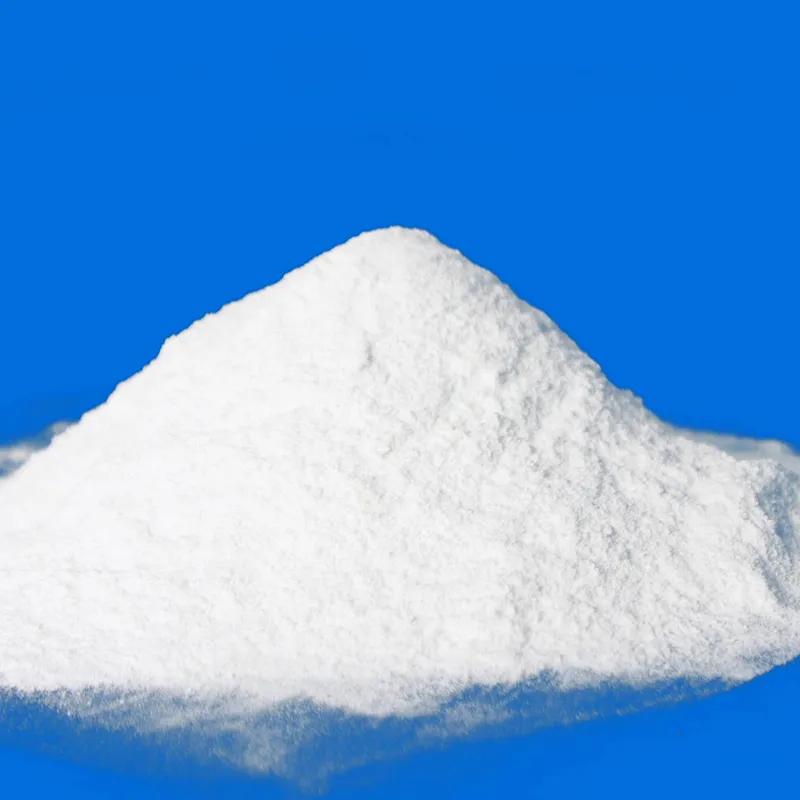
common food preservatives
Common Food Preservatives Ensuring Freshness and Safety
Food preservation is an age-old practice aimed at extending the shelf life of food and maintaining its safety, flavor, and nutritional value. With the advancement of technology and an increased understanding of microbiology, various food preservatives have been developed to help prevent spoilage caused by bacteria, molds, and yeasts. This article explores some of the most common food preservatives, their functions, and their impact on food safety.
One of the most widely used preservatives is sodium benzoate, which is commonly found in acidic foods such as salad dressings, carbonated drinks, and pickles. Sodium benzoate prevents the growth of harmful bacteria and molds by altering the pH level of the food, making it less hospitable for microbial life. While generally recognized as safe (GRAS) by the Food and Drug Administration (FDA), excessive consumption of sodium benzoate can lead to potential health risks, particularly when combined with ascorbic acid (vitamin C) to form benzene, a known carcinogen.
Common Food Preservatives Ensuring Freshness and Safety
Calcium propionate is another common additive, particularly in bread and bakery products. It works by preventing mold growth and is added to extend the freshness of these perishable items. Similar to other preservatives, calcium propionate has been deemed safe for human consumption but may cause gastrointestinal discomfort in sensitive individuals.
common food preservatives

While these chemical preservatives are instrumental in food safety, there has been growing public concern regarding their long-term health effects. This has led to a surge in demand for natural preservatives, which are derived from natural sources. For instance, tocopherols (vitamin E) and ascorbic acid (vitamin C) are popular natural antioxidants used to prevent rancidity in oils and fats. These alternatives are often perceived as healthier options, as they come from sources that are familiar and safer to the consumer.
Salt and sugar are traditional preservatives that have been used for centuries. Salt draws moisture out of food, making the environment inhospitable for bacteria (a process known as osmosis). Sugar, similarly, has a dehydrating effect and is often employed in jellies, jams, and canned fruits to preserve flavor and prevent spoilage. Both methods not only enhance food safety but also contribute to flavor profiles.
Understanding the roles and implications of food preservatives is crucial for consumers. A balanced perspective is key; while preservatives play a vital role in food safety and waste reduction, it is essential to be informed about what we consume. By reading labels and being aware of preservatives' functions and potential risks, consumers can make responsible choices in their diets.
In conclusion, food preservatives are essential in the modern food industry, ensuring that food remains safe, fresh, and flavorful for longer periods. As science progresses, so too will the methods by which we preserve food. Consumers are encouraged to stay informed, advocating for practices and products that align with their health concerns and dietary preferences. Whether choosing synthetic preservatives or opting for natural alternatives, informed choices will pave the way for healthier eating habits and safer food consumption.
-
Pure Sodium Dichloroisocyanurate Dihydrate | Powerful DisinfectantNewsAug.29,2025
-
Industrial Chemicals: Quality & Purity for Every IndustryNewsAug.28,2025
-
Nitrile Rubber Honoring Strict Production StandardsNewsAug.22,2025
-
Aspartame Ingredients Honoring Food Safety ValuesNewsAug.22,2025
-
Fertilizer for Balanced Plant NutritionNewsAug.22,2025
-
Cyanide Gold Processing with High Purity AdditivesNewsAug.22,2025
-
Formic Acid in Textile Dyeing ApplicationsNewsAug.22,2025
Hebei Tenger Chemical Technology Co., Ltd. focuses on the chemical industry and is committed to the export service of chemical raw materials.
-

view more DiethanolisopropanolamineIn the ever-growing field of chemical solutions, diethanolisopropanolamine (DEIPA) stands out as a versatile and important compound. Due to its unique chemical structure and properties, DEIPA is of interest to various industries including construction, personal care, and agriculture. -

view more TriisopropanolamineTriisopropanolamine (TIPA) alkanol amine substance, is a kind of alcohol amine compound with amino and alcohol hydroxyl, and because of its molecules contains both amino and hydroxyl. -

view more Tetramethyl Thiuram DisulfideTetramethyl thiuram disulfide, also known as TMTD, is a white to light-yellow powder with a distinct sulfur-like odor. It is soluble in organic solvents such as benzene, acetone, and ethyl acetate, making it highly versatile for use in different formulations. TMTD is known for its excellent vulcanization acceleration properties, which makes it a key ingredient in the production of rubber products. Additionally, it acts as an effective fungicide and bactericide, making it valuable in agricultural applications. Its high purity and stability ensure consistent performance, making it a preferred choice for manufacturers across various industries.





